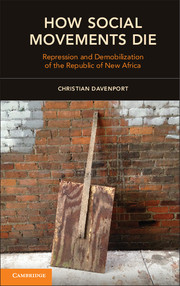Introduction
Published online by Cambridge University Press: 05 December 2014
Summary
Met Any American Communists Lately?
Between 1919 and the late 1950s, the Communist Party of the United States of America (CP-USA) engaged in a wide variety of challenges directed against the U.S. government and its economic system. Because of this, many aspects of the organization became well known to the American public. Indeed, in their day, the names of the organizational leadership (i.e., William Foster, Earl Browder, and Eugene Dennis) were as popular as any at the time. Bent on dramatically transforming U.S. political-economic relations, the Party attempted to raise awareness regarding the evils of the American political-economic system and engage in numerous struggles against it. The activities put forth toward these ends were as numerous as they were varied, from editorials to unionization to political campaigns to mass protests. The locales varied as well. Focused initially on major cities, efforts began to emerge seemingly everywhere. Within the context of international conflict with the former Soviet Union, which was believed and later found to have supported the Party financially as well as ideologically, the behavioral threat presented was very real. If the Party achieved all that it wanted, nothing would be the same in the United States.
In response to the activities mentioned earlier, the U.S. government engaged in a similarly wide variety of repressive strategies to identify, constrain, and destroy the “commies.” By most accounts, this was the most thorough initiative of its kind in American history. Over the period of the challenge, the American Communist Party was officially banned, and government agents throughout the country assembled lists of members as well as their activities (real and imagined). In turn, suspected and real activists were harassed, detained, questioned, arrested, beaten, deported, and, in rare cases, executed. Equally important, U.S. civil society participated in the persecution of Communists, as private citizens informed on suspected communists and corporations identified as well as fired suspected members and sympathizers. Name lists were also distributed to different organizations and individuals throughout the country so that none of the blacklisted could be hired or given places to live or rent. In effect, the Red Scare led to the Red Purge.
- Type
- Chapter
- Information
- How Social Movements DieRepression and Demobilization of the Republic of New Africa, pp. 1 - 18Publisher: Cambridge University PressPrint publication year: 2014
- 1
- Cited by

